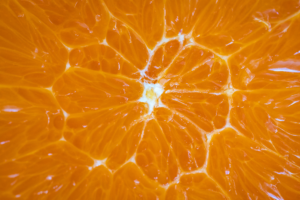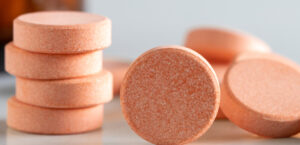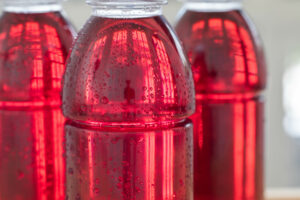Imagine you have formulated your dry mix beverage. You have chosen the flavor, the sweetener, the bulking agent and any functional or nutritional ingredient you had decided for your marketing claim. Now you are ready to select your natural color. Easy, right? Yes… But there are some important factors to consider before choosing your color.
Cost in Use
Is your dry mix beverage premium or budget friendly? If cost of use restricts your color choice, there are several convenient options that can fit your needs. For Yellows: Turmeric/curcumin is an excellent option. It provides the best balance of tinctorial power to cost. It performs well across a wide range of pHs, delivering a similar hue when used in water or milk-based beverages. For Reds and Pinks: Beet root is a convenient option over anthocyanins because it performs equally well in neutral pHs (like milks) and in acidic pHs (like sports drinks). For Browns: Caramel colors are super convenient and easy to use, they feature excellent stability and will perform equally well in water or milk-based beverages. Class I caramels can also be a source for golden yellow hues. For Oranges and Red Oranges: Annatto extracts and carmine are cost friendly options for neutral pH beverages like protein mixes that will be reconstituted in milk.
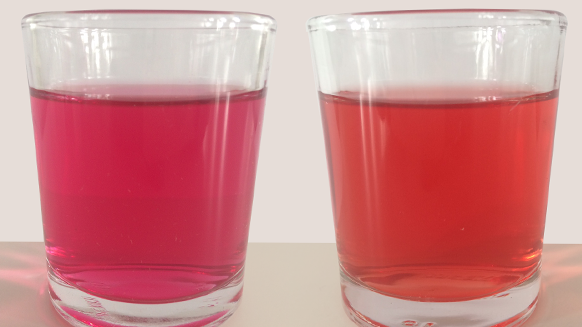
Cloudiness
Does the consumer expect turbidity or transparency in their dry mix beverage? Some customers associate cloudiness with fruit pulp. Others associate clear beverages with a premium refreshing experience. With the limitation of titanium dioxide usage, be it because of regulatory restrictions or because of marketing claims, cloudiness can be obtained from other ingredients like fiber, protein, or flavor emulsions. Interestingly, there are natural color powders that provide certain level of cloud, like some emulsions, and pigment suspensions. Also, remember to try your colors with your turbidity agent added beforehand, as it will influence both the shade and the intensity of the color perceived, and therefore, the dose.
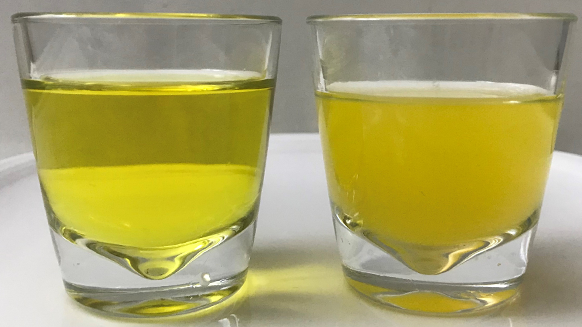
Drinking Vessel
Where will the consumer reconstitute the drink? Is it a tall glass, a plastic bottle, a jar? Believe it or not, the depth of the visual path will influence how some colors are perceived. This phenomenon is called dichromatism and you can see a very fun demonstration here and in the image below. The change in natural food colors is subtle in most cases, but if you are trying to match a competitive product or an existing formulation, try them both in the same type (width) of recipient. Knowing this can save you lots of time.
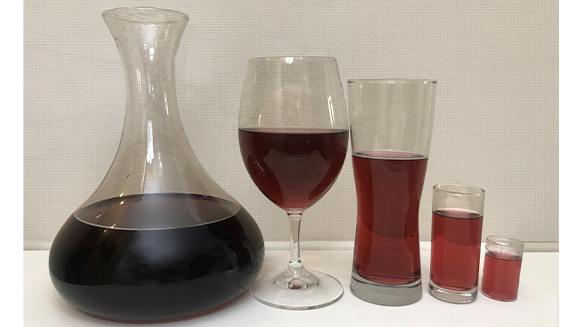
Drinking Occassion
Will the consumer drink the dry mix beverage right away, or will it take some time to finish it all? Will it be refrigerated in the dark or left on the counter in the light? This issue is closely related to the earlier mentioned cost-in-use consideration. Convenient options like turmeric and beet root red will be perfect for drinks that are consumed in the short term, but will not perform well if exposed to extreme light or heat. If your product will be exposed to these conditions, alternative yellow options include beta carotene emulsions boosted with antioxidants, or safflower extract. Reds tend to have better stability in these conditions, but anthocyanins are an alternative option for acidic beverages, if needed. Regardless of the case, it is very important for the powder form of the colors chosen to be stable during the shelf life of the dry mix, which can go up to two years. Packaging material design is key for the protection of the whole formula, including colors, flavors, functional and nutritional ingredients.
The Overall Sensory Experience
Open the package and empty the powder. Do you like what you see? For some types of beverages, a uniform-colored powder is desirable. If that is the case, Vibrant™, our line of evenly colored powders can provide a consistent shade to the dry blend. Considering that for most cases you will have limited space in your formula, a mix of a concentrated color and a plated color (like Vibrant™) fulfills the dual need of coloring the dry blend and the reconstituted solution.
Now add your powder to your beverage. Does the color dissolve at the same rate as the rest of your ingredients? Or does it show visible specks? Does the color settle or change over time? Granulometry, dispersibility, and solubility are also important factors to consider when choosing the right color for the optimal consumption experience.
Dry mixes beverages are not only portable, shelf stable, and fun. They are evolving to become a premium category where consumers are expecting attributes that go beyond convenience. Count on us to help you boost the sensory enjoyment of your next project in dry mix beverages, with more color, from first sight to the last drop. Click here to request a free color sample today!
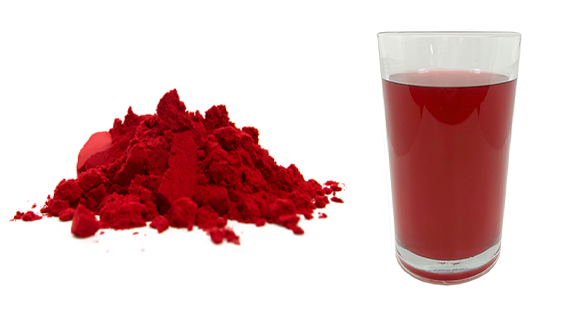
Interested in natural colors for your next dry-mix beverage application? Request a sample or contact us to get started on a project.


